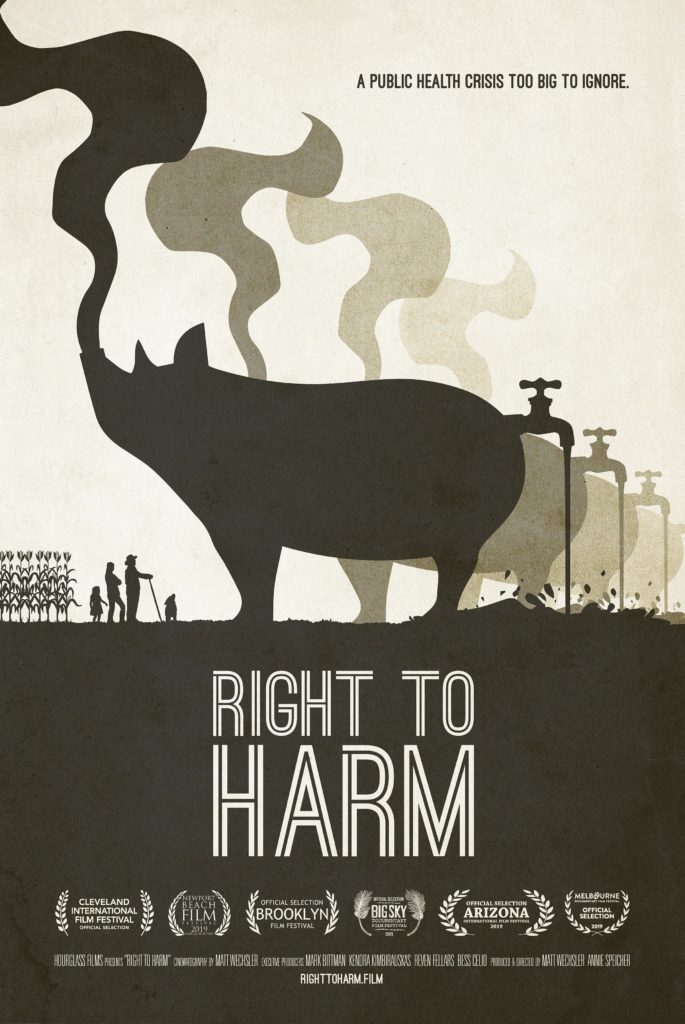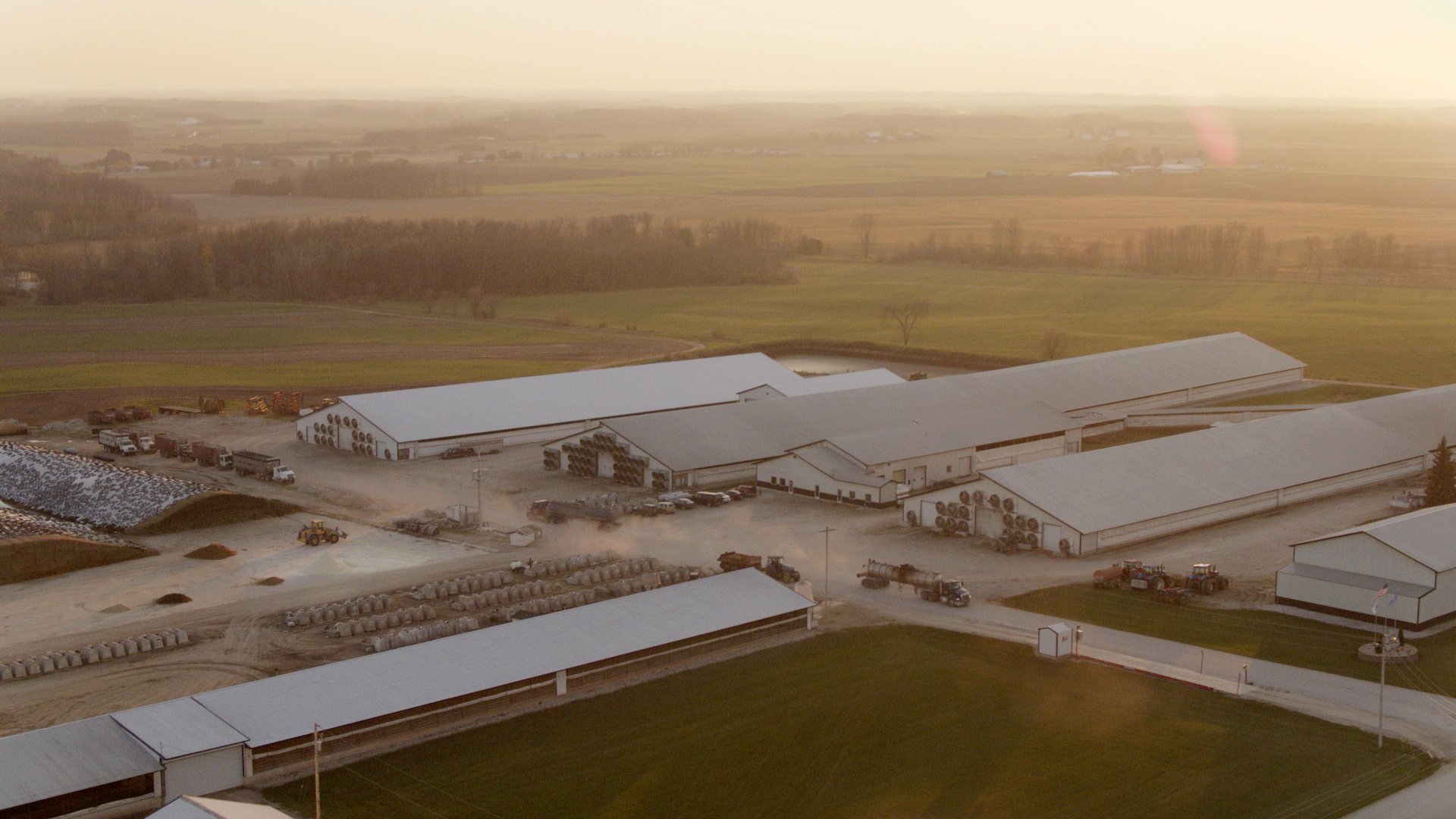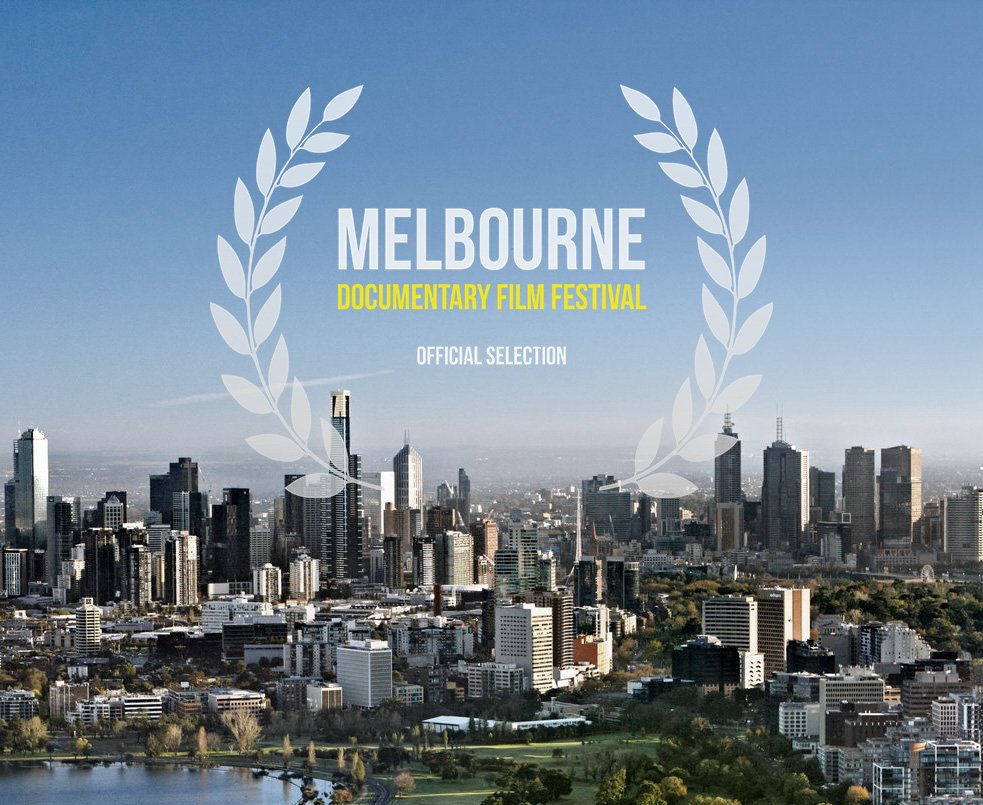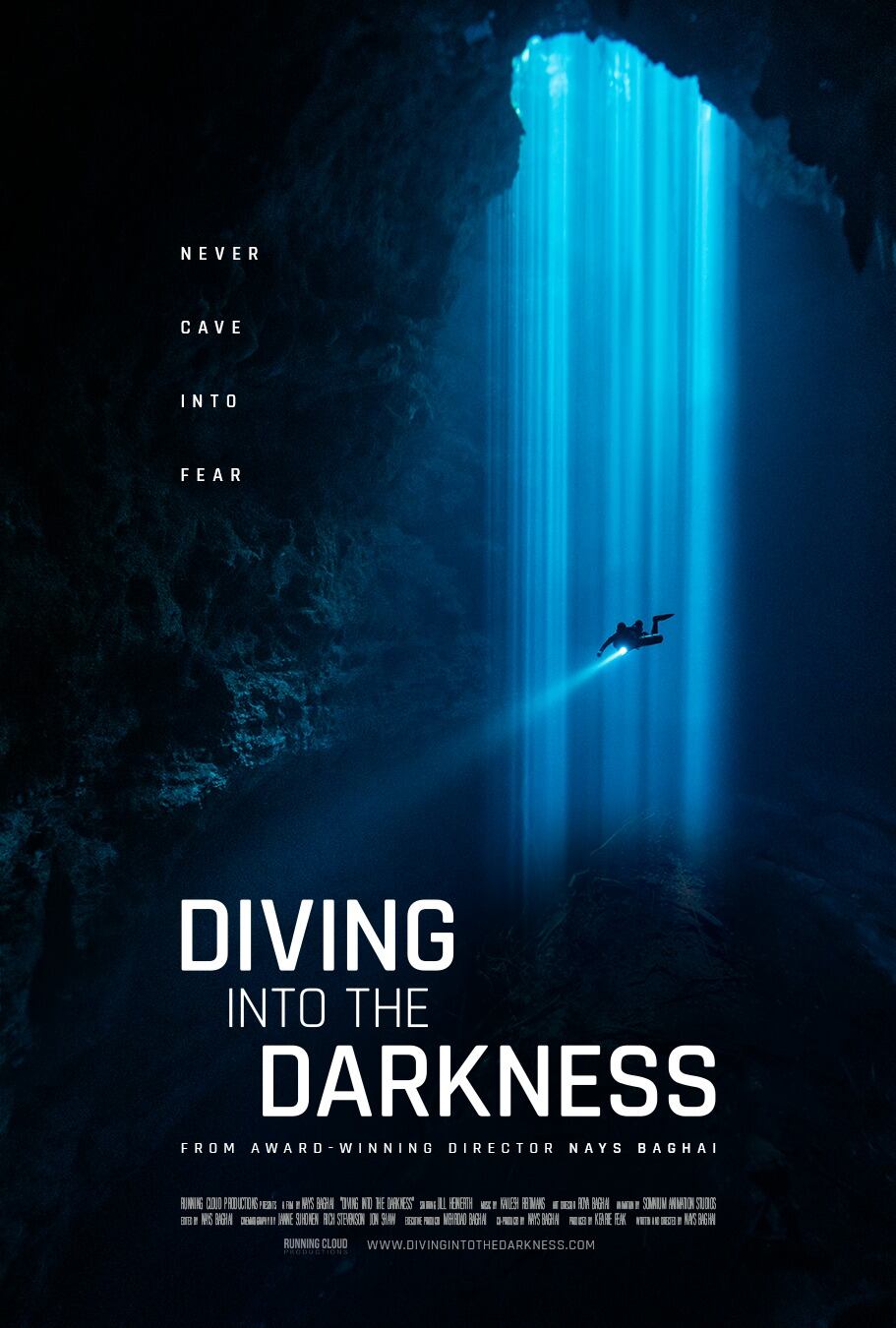What would you do if an industrial animal agriculture facility moved right next door to your house and started emitting millions of gallons of untreated waste polluting the water you drink, the air that you breathe, and even making your children sick?
Would you stay?
Most importantly, would you fight to change it?
In “Right to Harm” directed by Matt Wechsler and Annie Speicher, citizens across the United States detail the impact Concentrated Animal Feeding Operations (CAFOs) have had on their lives, the failure of state agencies to regulate them, and how their rural communities have fought back to demand justice and attempt to regain their quality of life.
Shocking and infuriating, “Right to Harm” is enlightening in its historical overview of the rise of CAFOs and the complete disregard those behind them seem to have for the individuals most impacted by them, often those who are poor, minorities, and/or living in some of the most rural areas of the country.
The film is heartbreaking in its look at how profit over people seems to rule the industrial animal agriculture industry. At the same time, it’s also empowering to see how communities are banding together to voice their concerns and to take a stand against these profit hungry giants.
In one scene citizens in Virginia are gathered at a house testing water samples. A community organizer states, “This is what I’ve found in every single community and every community asks me this question: How can we beat this? What are our chances of beating it? It’s your voice and your community that will be the determination of what happens here.” As she stands in the living room holding part of a water sample test kit she tells those gathered, “The folks that are on the ground, you’re the eyes and ears to protect your neighbors, the waterways, everything.”
Their dissatisfaction and courage to challenge CAFOs operating in their towns and their local legislatures is heartening and truly inspirational to see that people are willing to fight for their communities, the environment, and for the health of each other.

The film is told almost entirely from the perspective of those who don’t agree with CAFOs in their communities.
Viewers don’t hear in-depth from those who operate them, but it’s also not a perspective that’s missed because it keeps the focus of the film on the human and environmental toll of their business practices instead of excuses and attempts to justify their actions.
Featuring a number of stunning aerial drone shots, “Right to Harm” is visually captivating. The cinematography not only does a wonderful job of showing the vast blight of CAFOs but also the beauty of rural America. There are also a number of animations throughout the film which help keep viewers engaged and are, quite frankly, just plain charming.
Wechsler and Speicher are two filmmakers to watch out for. They know how to tell a story with impact and heart. Much like their first film “Sustainable” about the sustainable farming and food movement, “Right to Harm” will leave viewers inspired to take action and perhaps become more interested in the welfare of their own community. No matter the giant faced, when people come together they have a chance to influence change. Maybe it starts out small, but as we see in “Right to Harm” it could be as big as air.
See the Australian Premiere of “Right to Harm” at the Melbourne Documentary Film Festival July 28th. For more information on “Right to Harm,” visit: righttoharm.film.




